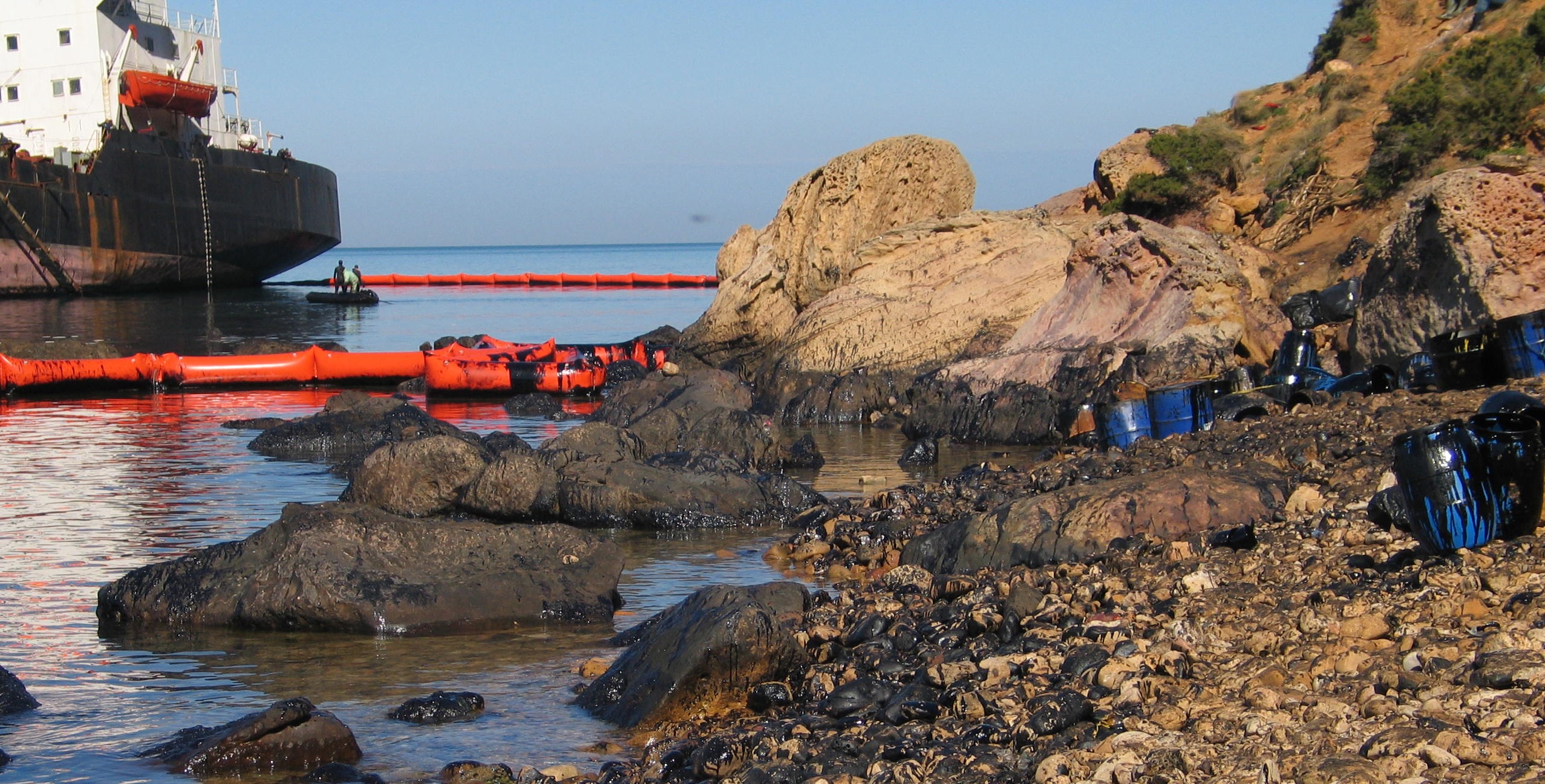Shoreline Response Techniques
The decision to clean the affected shoreline (and to what extent) will depend on factors such as:
- the possibility to reduce environmentally detrimental effects of stranded oil;
- the necessity to use coastal zone for commercial purposes (fisheries, tourism, industry, etc.);
- the probability that stranded oil may (later on) recontaminate another (sometimes more sensitive) part of the coastline;
- the feasibility of clean-up operations.
The method of shoreline clean-up will then be determined by another group of factors including:
- type and quantity of stranded oil;
- type of affected coastline;
- period of the year;
- meteorological conditions;
- accessibility from land or sea and load bearing capacity of the contaminated area;
- availability of personnel and materials.
Both groups of factors have to be considered in a relevant contingency plan. The first group will determine priorities for protection and clean-up, while the second will give guidelines for selection of appropriate clean-up method. The most efficient way to achieve both of these goals is to map the entire coastal zone indicating the nature of coastline and its importance (viz. areas of ecological interest, fishing areas, fish spawning areas, fish farms, shell fish beds, industrial installations, amenity beaches, yacht marinas, harbours, etc.). Accessibility to each particular sector and possible temporary storage sites should also be indicated on such maps. These are commonly known as sensitivity maps, and exist as either paper or electronic maps.
Decision making process (i.e. the selection of appropriate clean-up methods and of the necessary extent of clean-up actions) is greatly facilitated by using well prepared sensitivity maps, since the only elements that need to be taken into consideration are data specific for that particular spill situation (that is, nature and quantity of oil, period of the year, etc.). In the absence of a sensitivity map, decision makers will nevertheless have to consider all above mentioned factors before commencing any beach clean-up activity. In such a case, advice from local authorities and population, scientists, etc.) may prove indispensable.
Related Document:
Mediterranean Oiled Shoreline Assessment Guidelines (2009)


